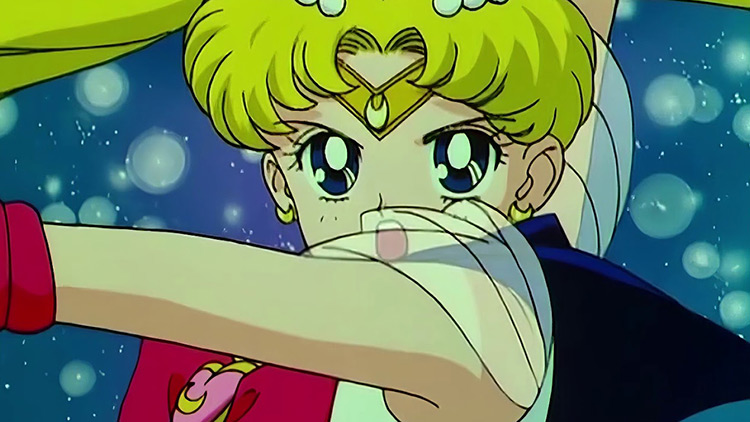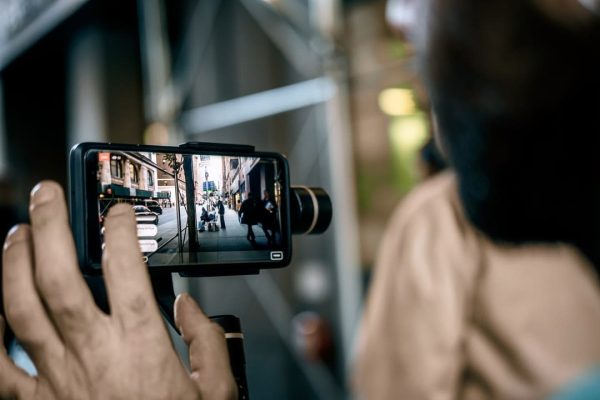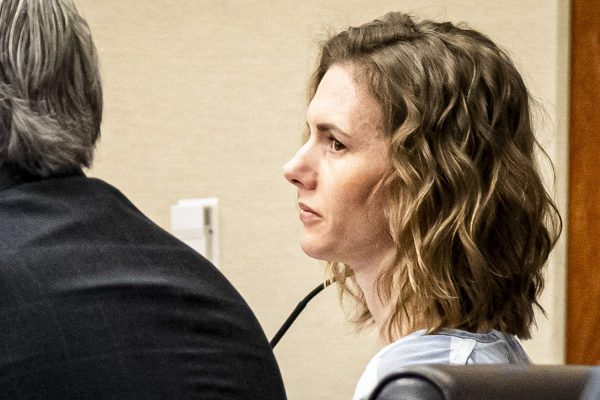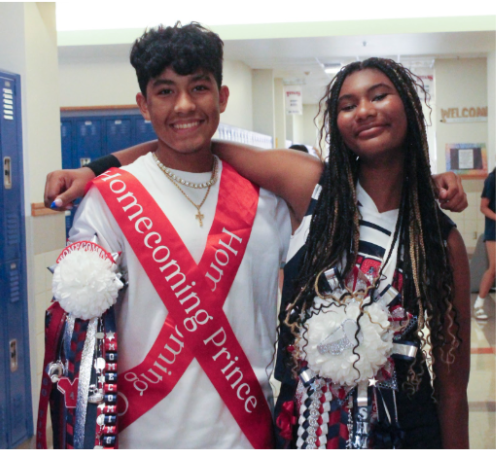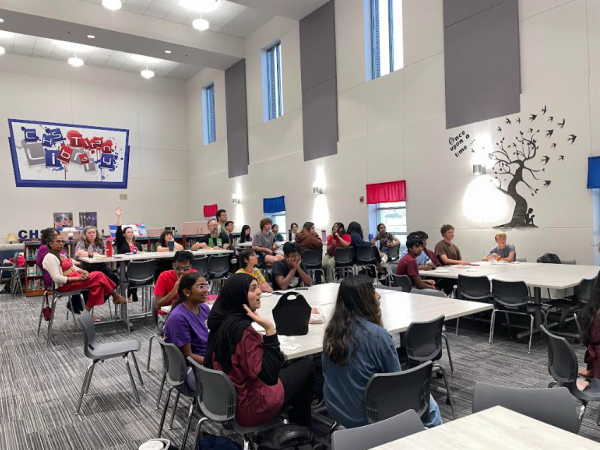Sexualization in the Media
Tsukino Usagi, the main character of the Japanese animated series “Sailor Moon”
Nearly one in five girls are sexually assaulted at least once in their life. Although it sounds almost unreal, this statistic still holds true today, even in a time where awareness for sexual assault has greatly increased. Part of the blame for how society sexualizes women, and even people of other genders, goes to the media. The way these platforms continue to portray people in a sexualized and revealing manner has many negative effects on those consuming this media.
Unrealistic portrayals of people can impact how people view themselves. Especially to teens, who are a rather impressionable audience that consumes large amounts of media, it can be easy to believe that the ideal shown by the media is attainable. This is far from the truth, though. Especially in digital media, animated characters such as those in video games can create bodies that are impossible to achieve. This can cause people to compare themselves to these perfect people and ultimately lower their self-esteem. Everyone is beautiful in their own way, but it can be difficult to believe when society will always find someone more beautiful.
Additionally, this sexualization can reinforce gender stereotypes. According to a study from Sage Publication on the link between social media and individuals’ image, they found that “males are more likely to be shown on social media as dominant, active, and independent, while feminine traits include attractiveness and dependence”. Specific body parts are also sexualized for each gender, with male abs being shown as attractive and desirable, while the female chest area is portrayed as sexualized, yet objectified and shameful. This puts everyone into restrictive roles where men are put on a pedestal and women are seen as their submissive and obedient counterparts, which is a bad mindset to adopt.
Speaking of women being seen as submissive, they are the ones who are most objectified by the media. From television to animations to the modeling industry, women are often depicted as though their beauty or sexual appeal is their main trait. Many advertisements for items such as makeup or beauty products show women seeming sad because they’re “not beautiful” beforehand, then show a perfectly photoshopped version of them after putting on said product. This makes women out to be defined by their appearance and how their looks appeal to other people.
As negative as this phenomenon can be, it has also brought a lot of awareness to sexual assault. The sexualization seen across all sorts of media platforms has harmed many people, but has also caused many of these angered folks to speak up. One such example of this is the #MeToo movement, a social movement that supports and empowers victims of sexual assault. It helps people know that they are not alone, and has also lessened the stigma around speaking up about these sorts of experiences.
Despite this, there is no other way to put a positive spin on the sexualization that people are faced with almost everywhere they go. Hopefully, one day, the media realizes how harmful it can be to all people involved.

Hi! My name is Uswa Saeed. I'm currently a 12th grader at Centennial High School, and this is my third year writing for Cen10 News. Writing has always...


